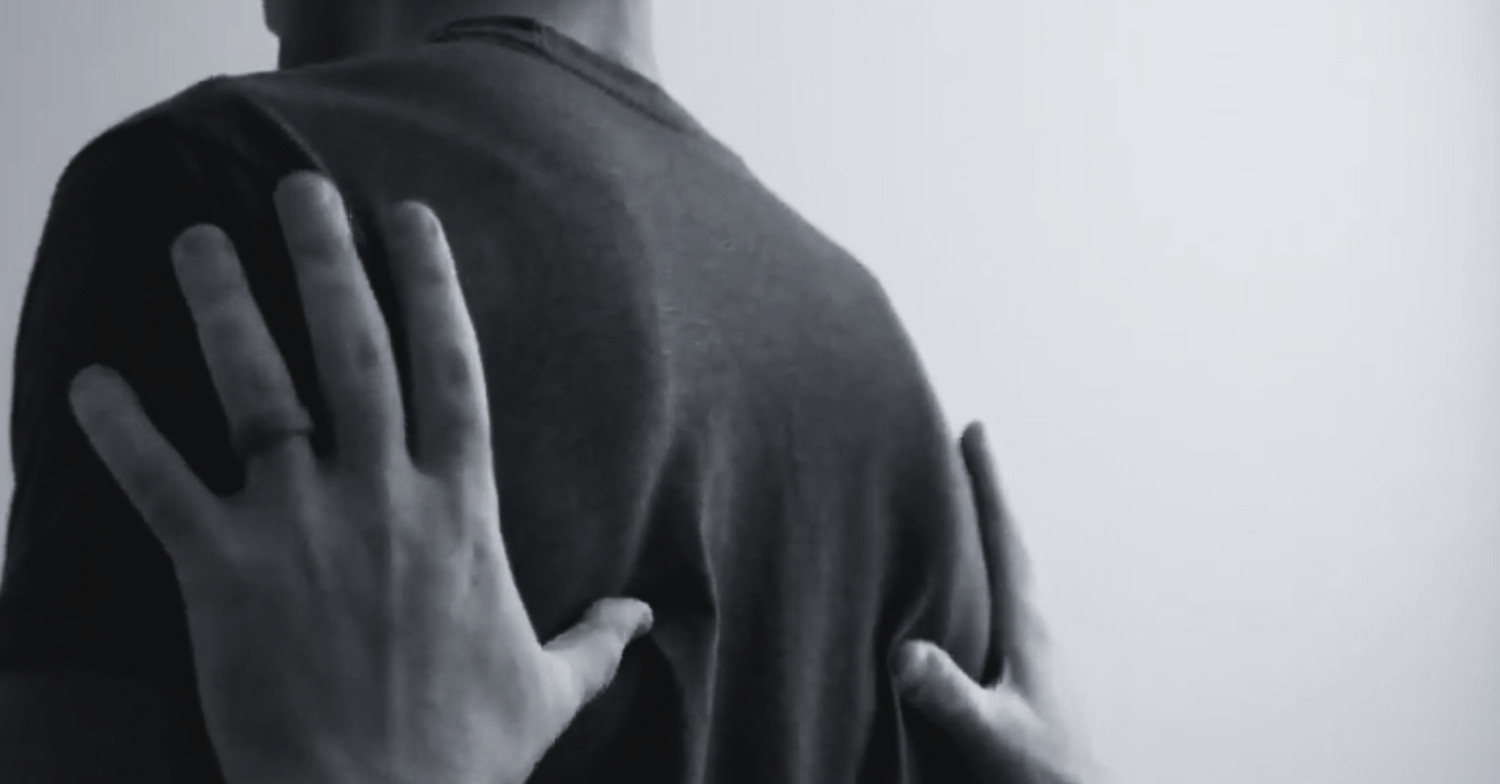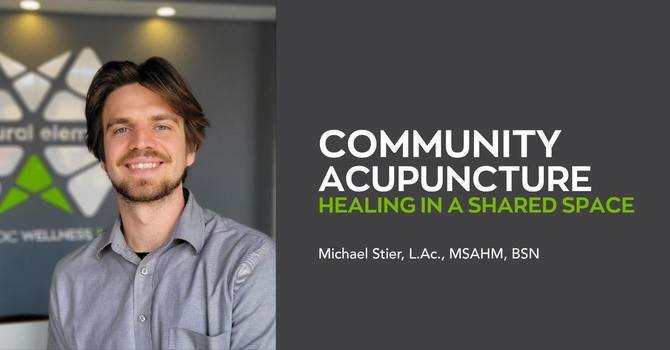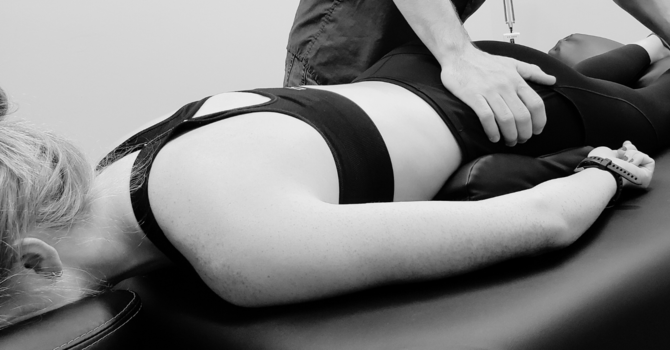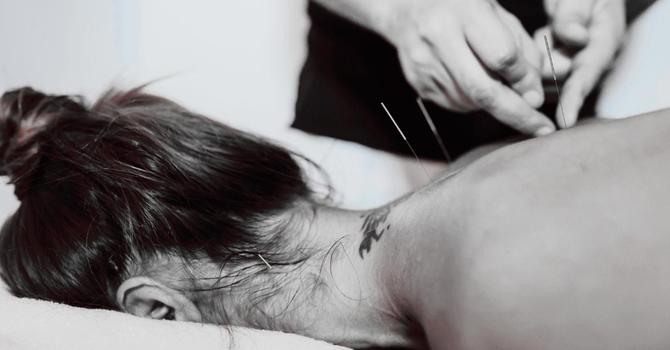
Most of us have a basic understanding of fitness: cardiovascular health, weight management, and the ability to perform physical activities. However, despite being motivated, why do some people achieve fitness and stay fit while others experience one injury after another? Many aspects of fitness follow a formula. Stressing the cardiovascular system by elevating the heart rate and allowing time for recovery should increase stamina. But what about joint health? Is there a formula for keeping our joints healthy?
Big Picture Posture: The Key to Joint Health
Structural integrity relies on a balance of compression and tension elements. In the body, our bones are like the steel beams of a suspension bridge, and our muscles, tendons, and ligaments are the suspension cables. For our joints to function properly and last a long time, we must be mindful of the type of load we are putting on them.
Understanding Joint Function and Stress
Here's an example: If you remove the top hinge of a door, leaving only the bottom hinge to support the door’s weight, it won't be long before the weight of the door rips the bottom hinge out of the door frame. This is because a hinge is designed to work as a hinge, and as long as the applied force is within the parameters of structural design, that hinge would function for a very long time. Our joints are no different. A knee works well as a simple hinge; add rotation, and you will see pain and premature degeneration. The body is not symmetrical; however, relative neutrality should be the expectation. A fallen arch, pronated ankle, rotated knee, or an asymmetrical pelvis can all cause abnormal stress on the joints.
The Wobble Effect and Compensation
As we age, we develop what we call a Wobble. A Wobble is any structural imbalance that compromises our alignment. Once we have a Wobble, our body starts to compensate. We see the formation of abnormal curvature in the spine, increased internal rotation in the shoulders, increased external rotation in the hips, and rotational changes in the extremities. Everyone, no matter who you are or what you do, wants a Neutral Horizon (eyes and ears level). To achieve Neutral Horizon, we have to add compensations to account for the Wobble. This happens through the formation of something called a focal adhesion or Knot. Soft tissue changes by thickening and becoming stiff to help compensate for a Wobble and to help you get back to Neutral Horizon. These changes all add stress and change the type of load put on the joints.
Achieving a Balanced Body
If a balanced body is so important, then how are you supposed to achieve it? Stand up straight, suck in your gut, and look straight ahead!
Posture Tip:
Pretend you have a bolt screwed into your sternum with a cable pulling your sternum into the sky at a 45-degree angle. Get tall by lifting the sternum (breastbone). Once you get your chest lifted, the shoulders can relax, and the chin can tuck. This uses your core to support your posture (specifically, your transverse abdominis muscle). This muscle can work all day long. If the upper body is nice and tall, the lower body knows what to do. If the head is too far forward and the shoulders rounded, your center of gravity falls forward. This means that to stay upright, you will have to widen your stance, externally rotate your hips, and squeeze the hips forward. This common postural collapse puts abnormal stress on the back and neck, makes the hips tight, and causes rotation at the knees. With the exception of a traumatic injury, such as a car accident, all abnormal wear and tear on the joints can be blamed on compromised alignment and therefore compromised mechanics.
Not all joint problems can be resolved by simply improving your posture. Some structural imbalances need to be corrected by a professional. Muscle weaknesses may need strengthening, and injured or degenerated surfaces may require surgical repair. However, most people are taken aback by the profound effect of making the simple change of paying attention to standing tall.
Simple Changes, Profound Effects
By paying attention to our posture and making conscious efforts to stand tall, we can significantly improve our joint health and overall well-being. So next time you think about your posture, remember that standing up straight can make a big difference in your joint health.




